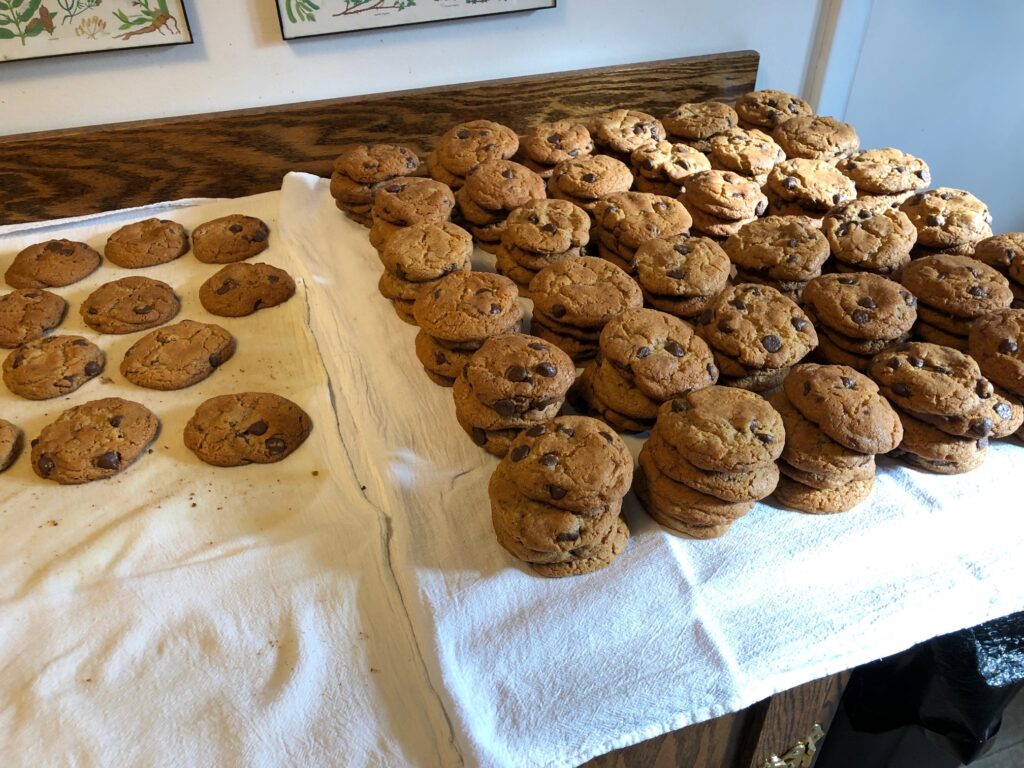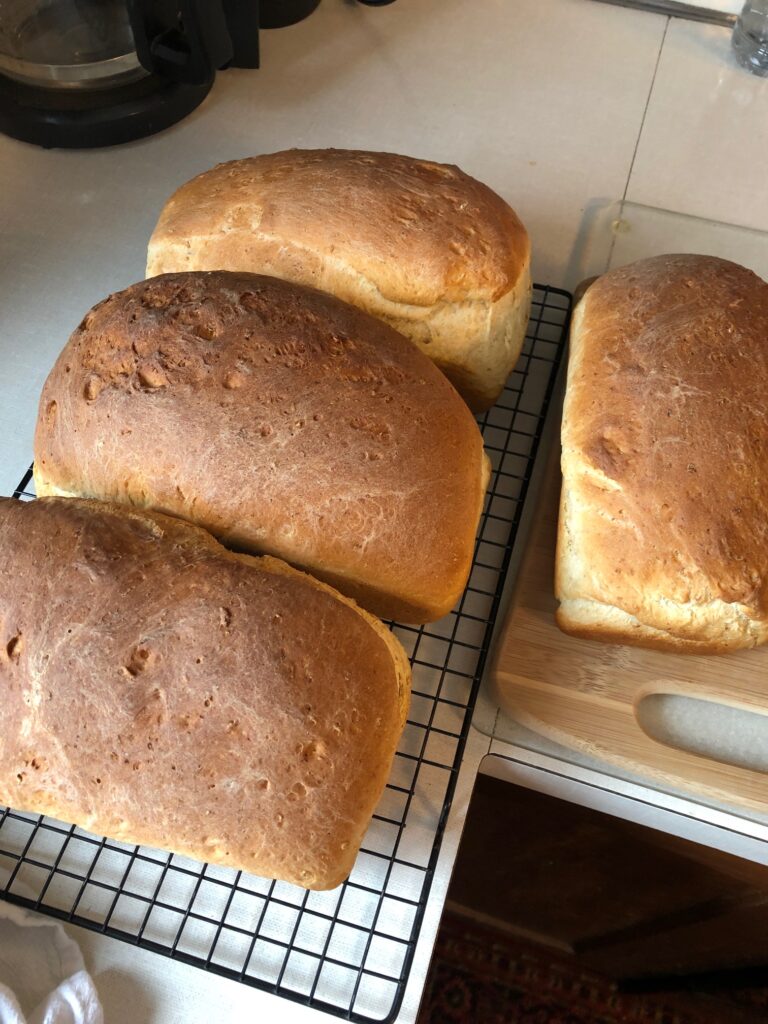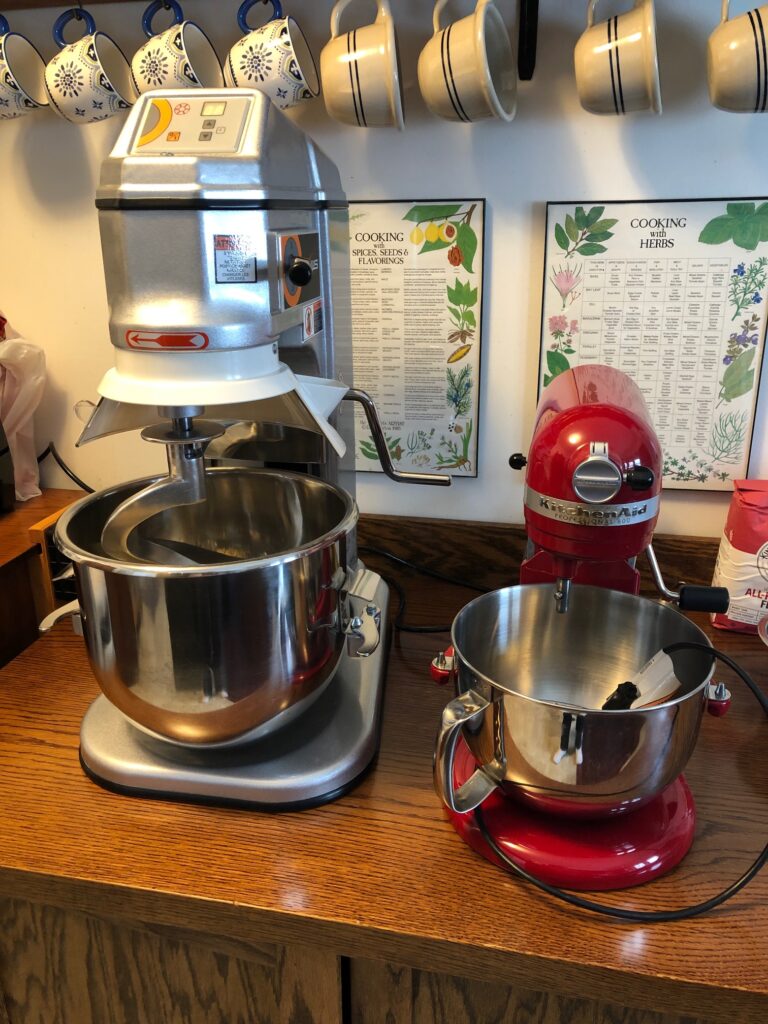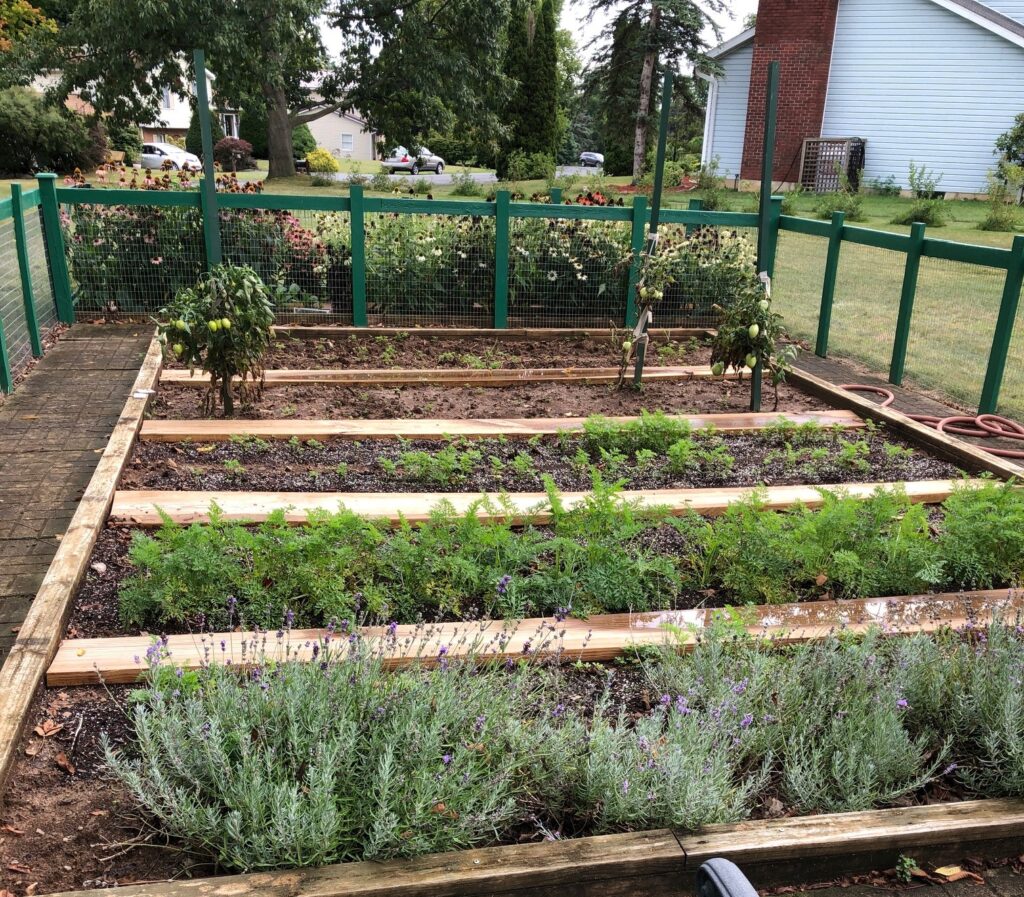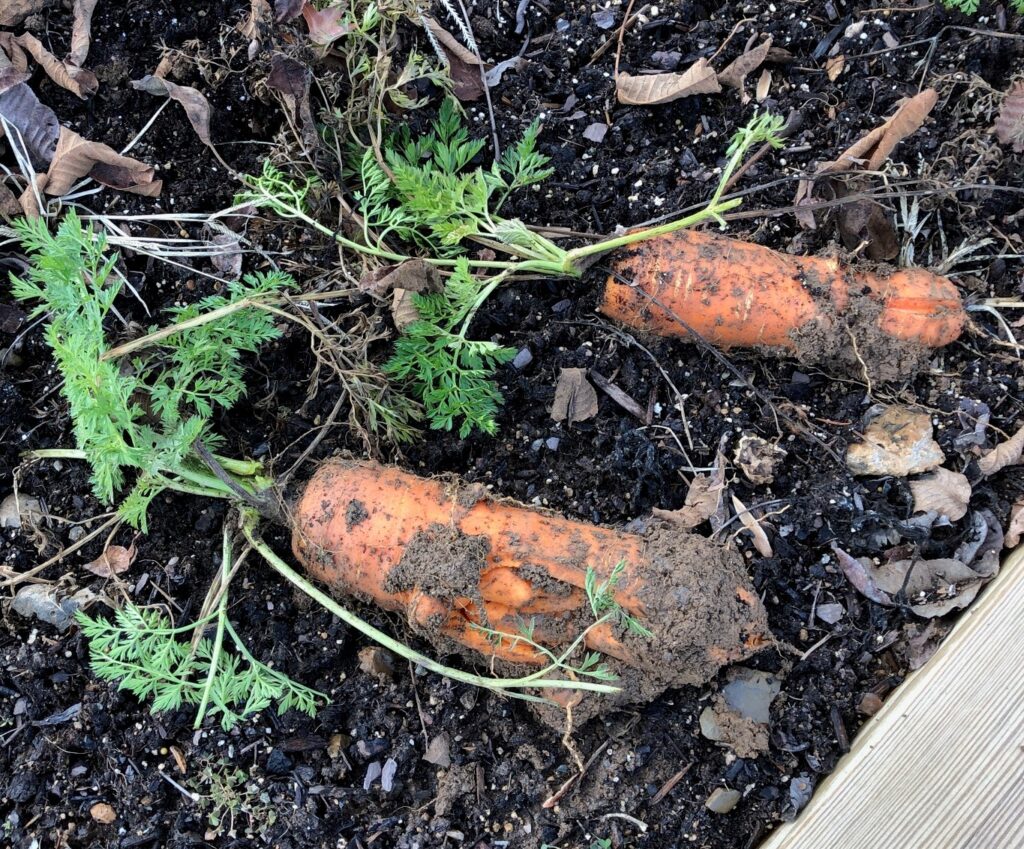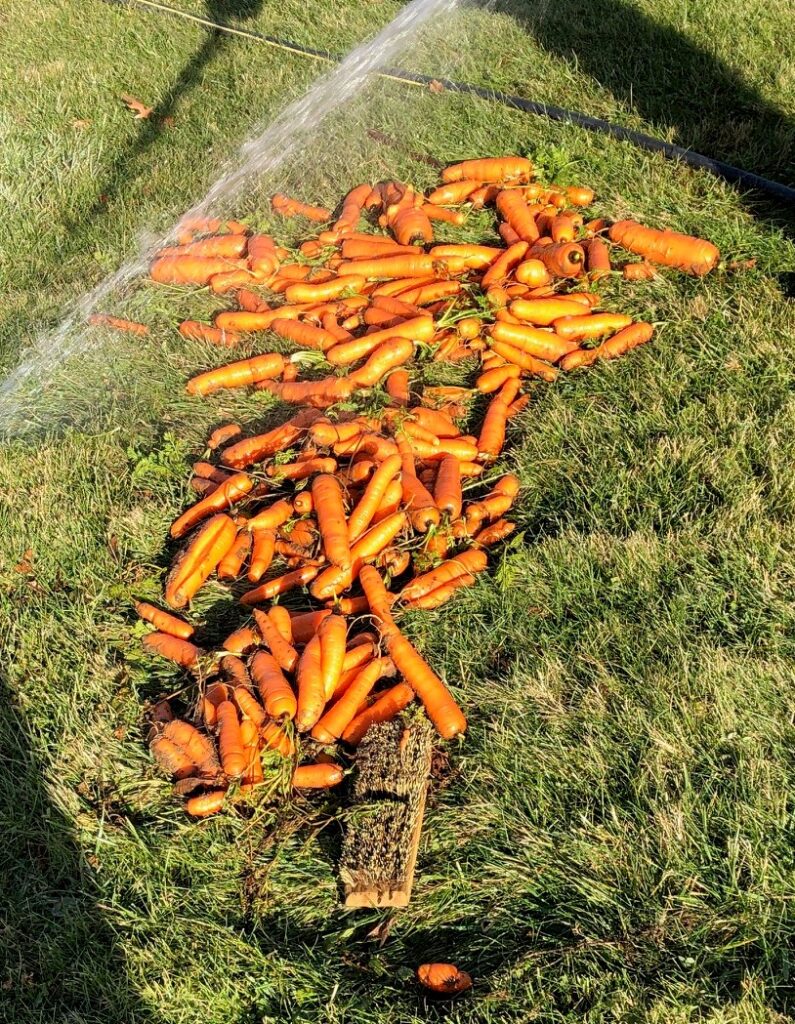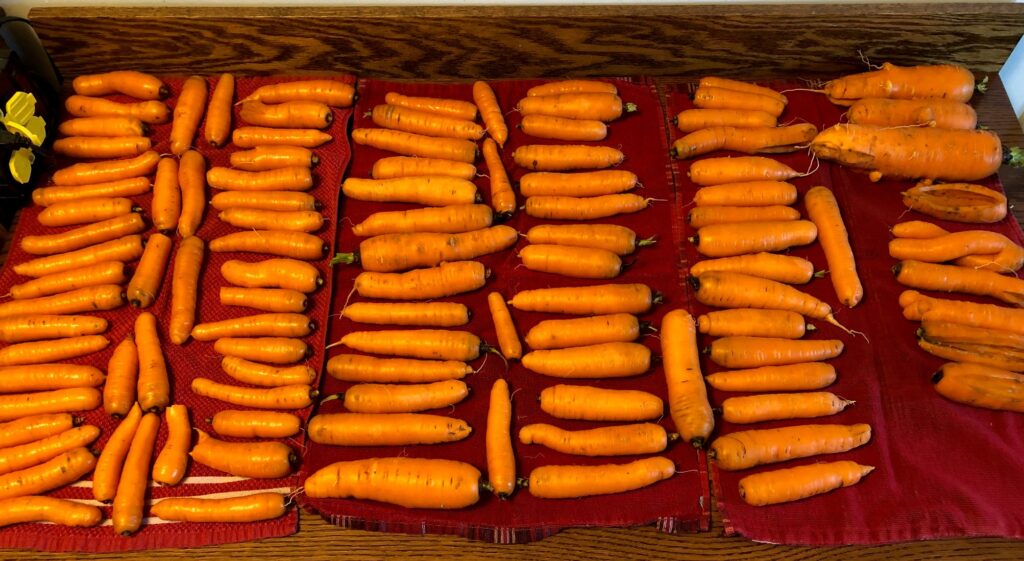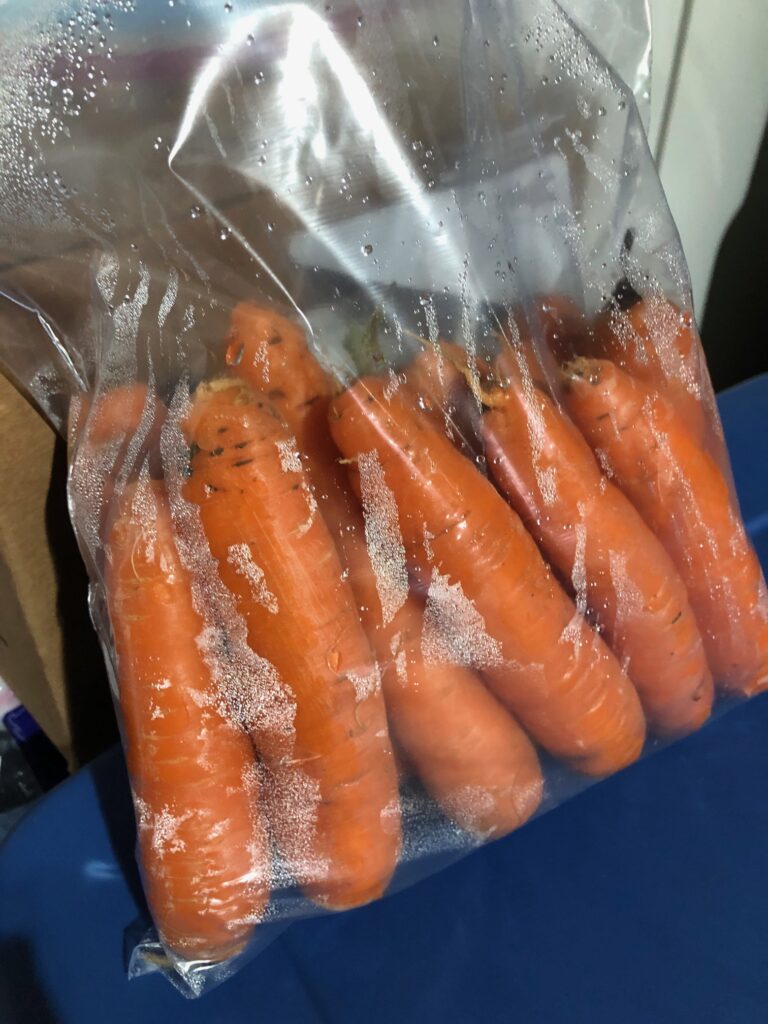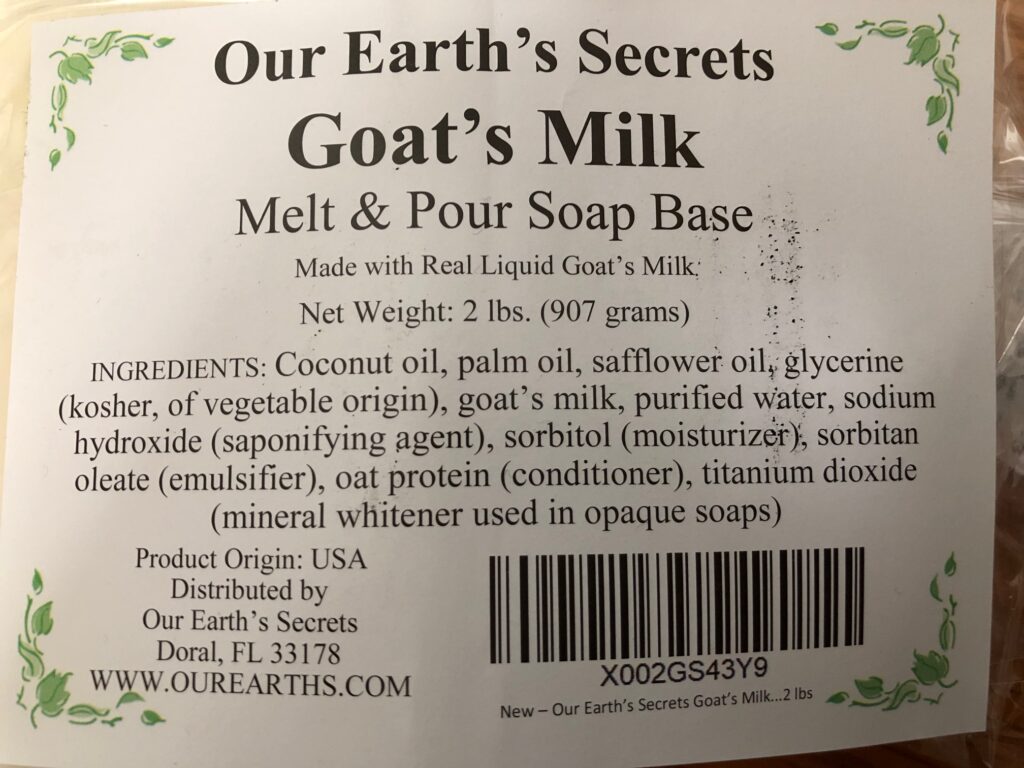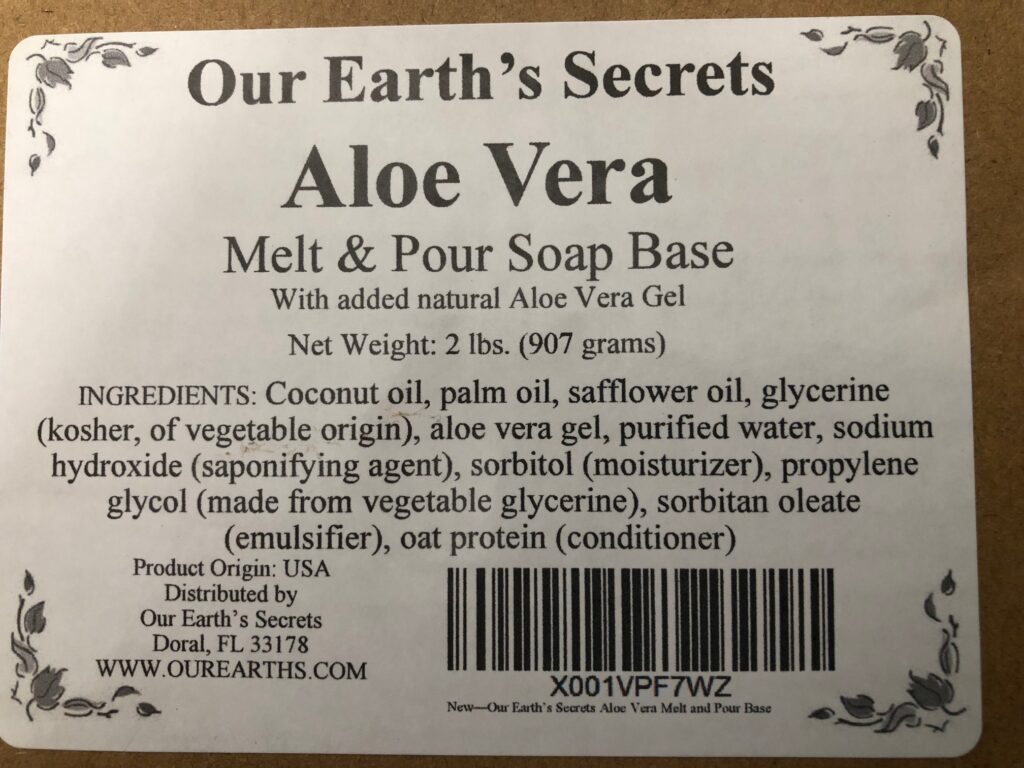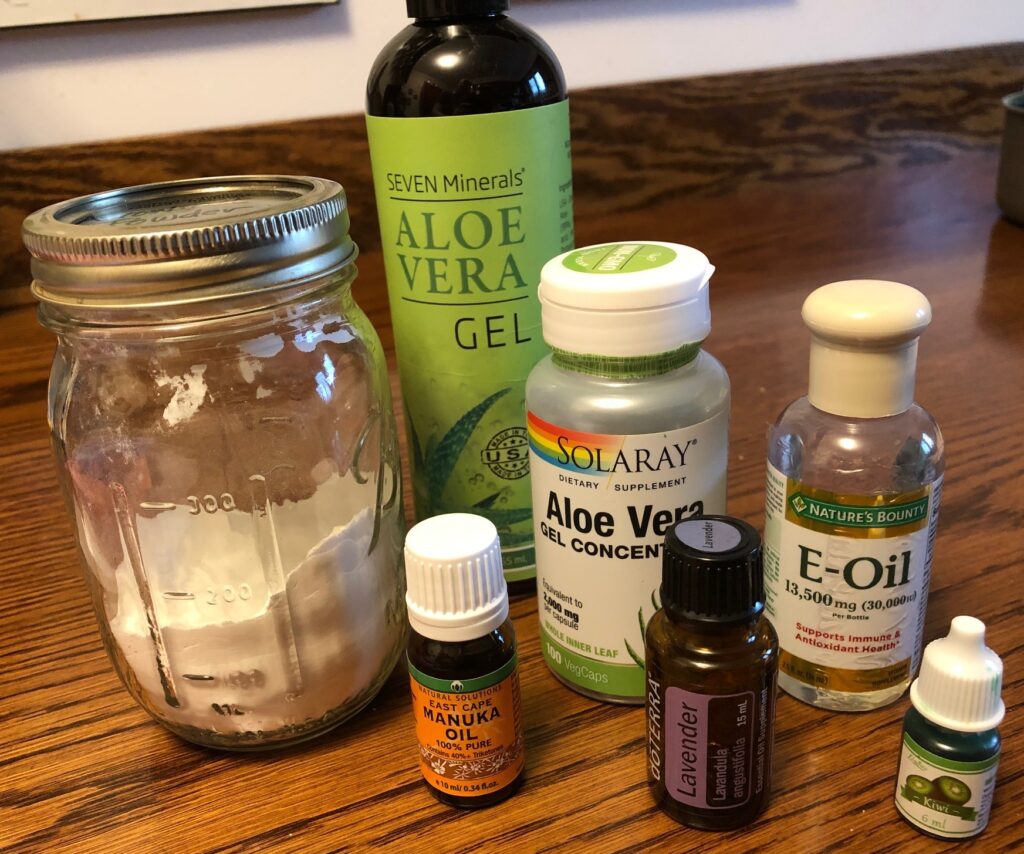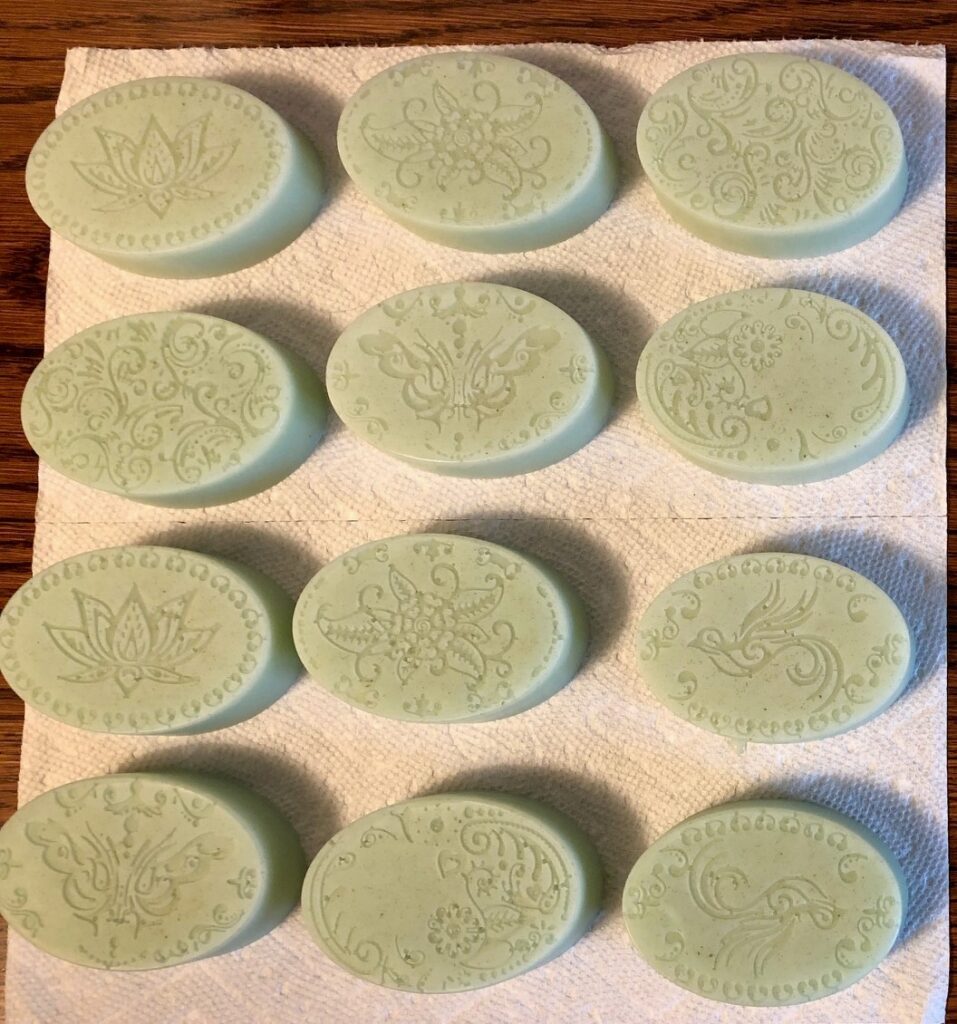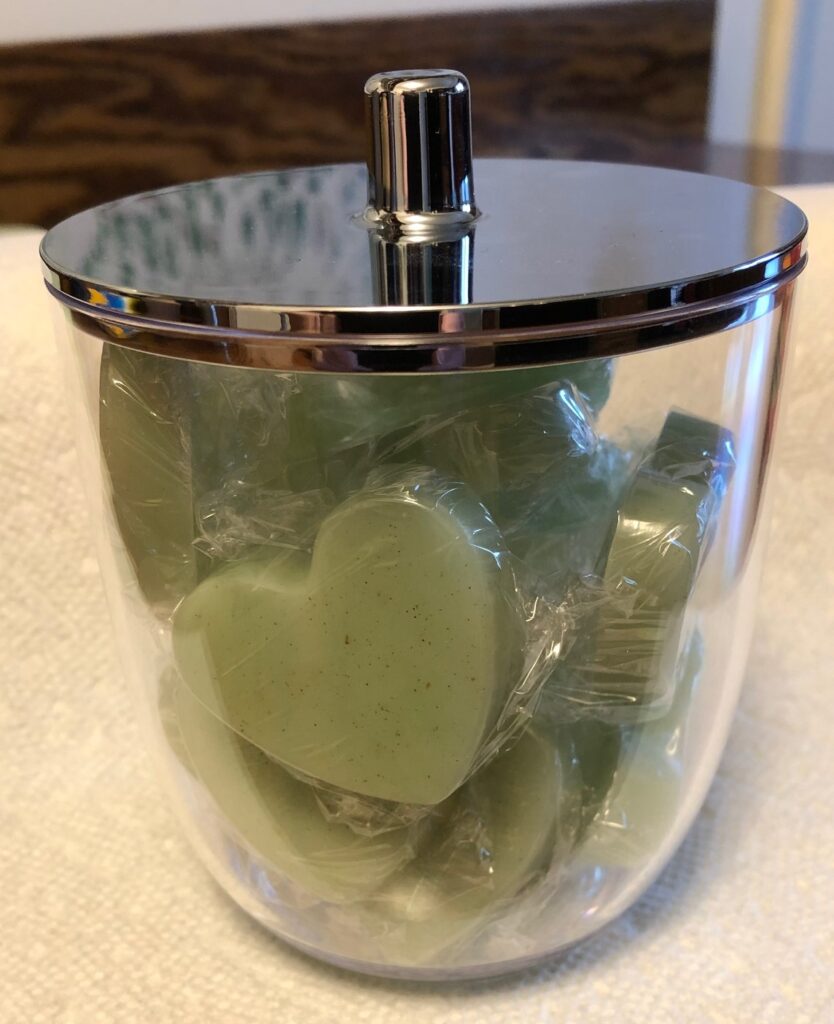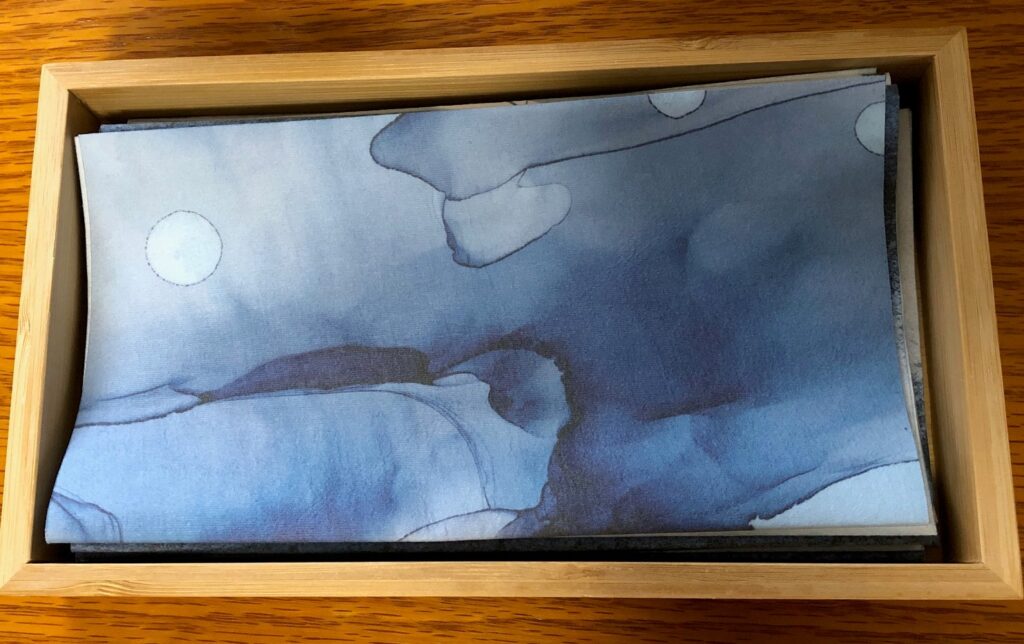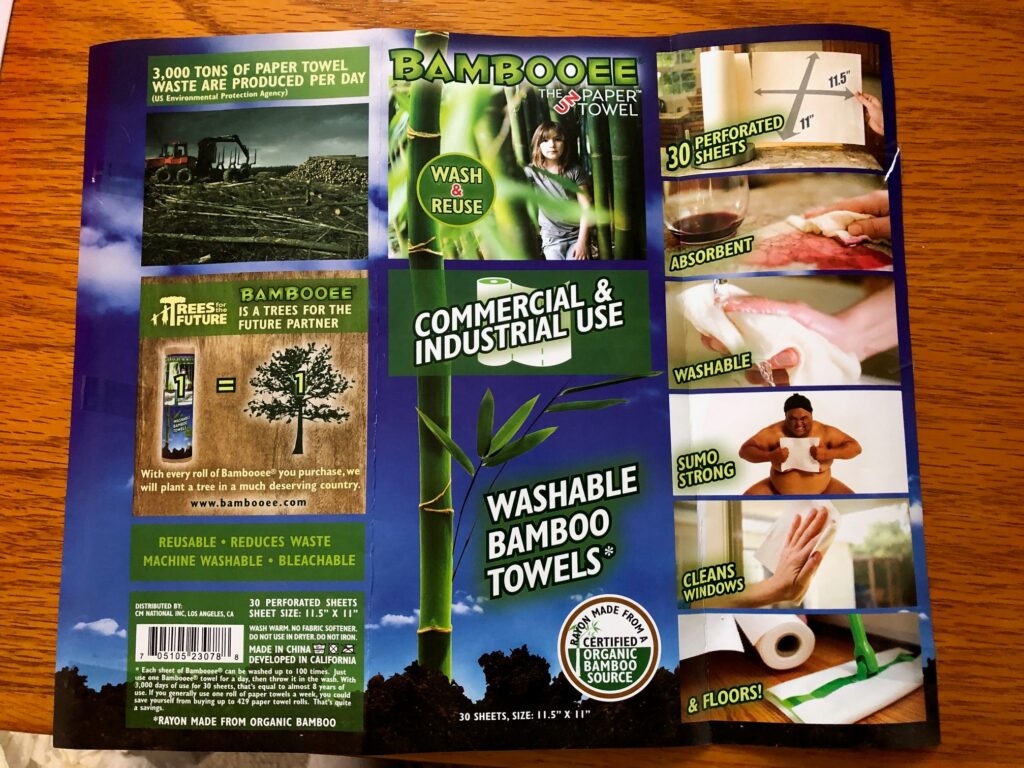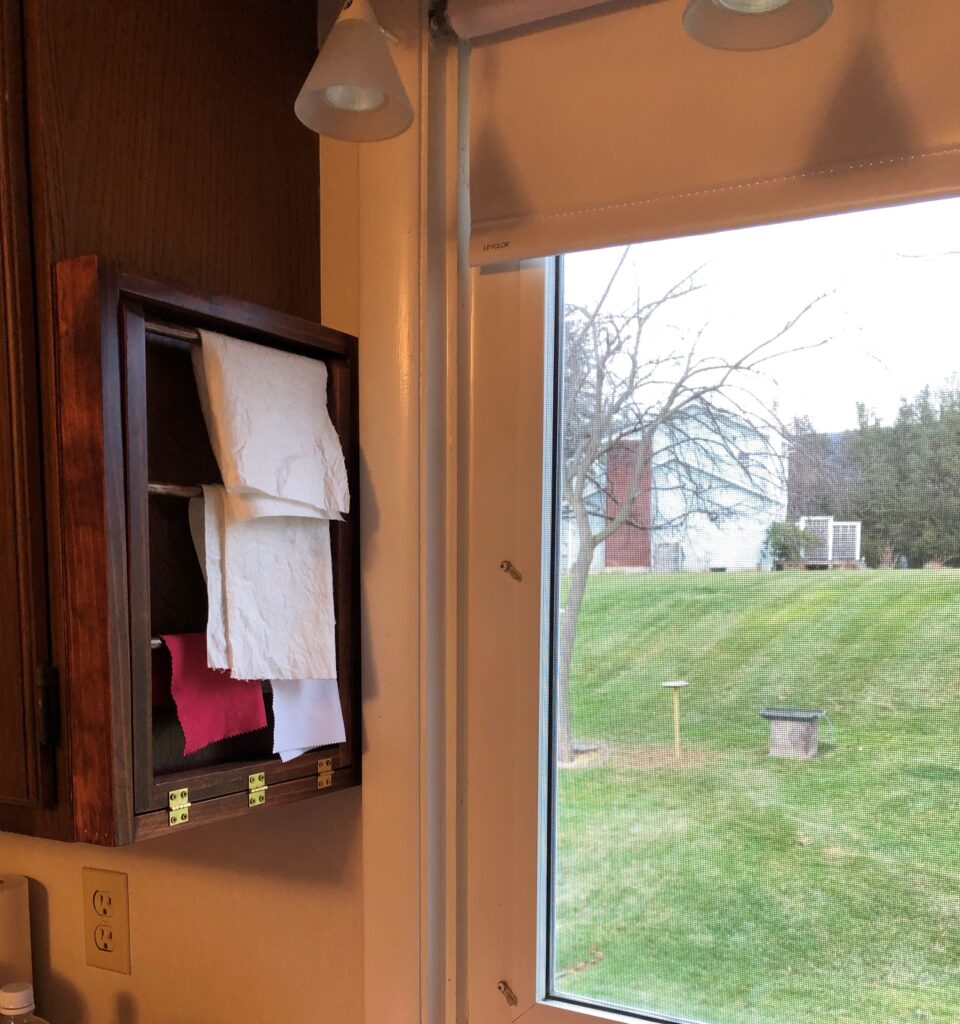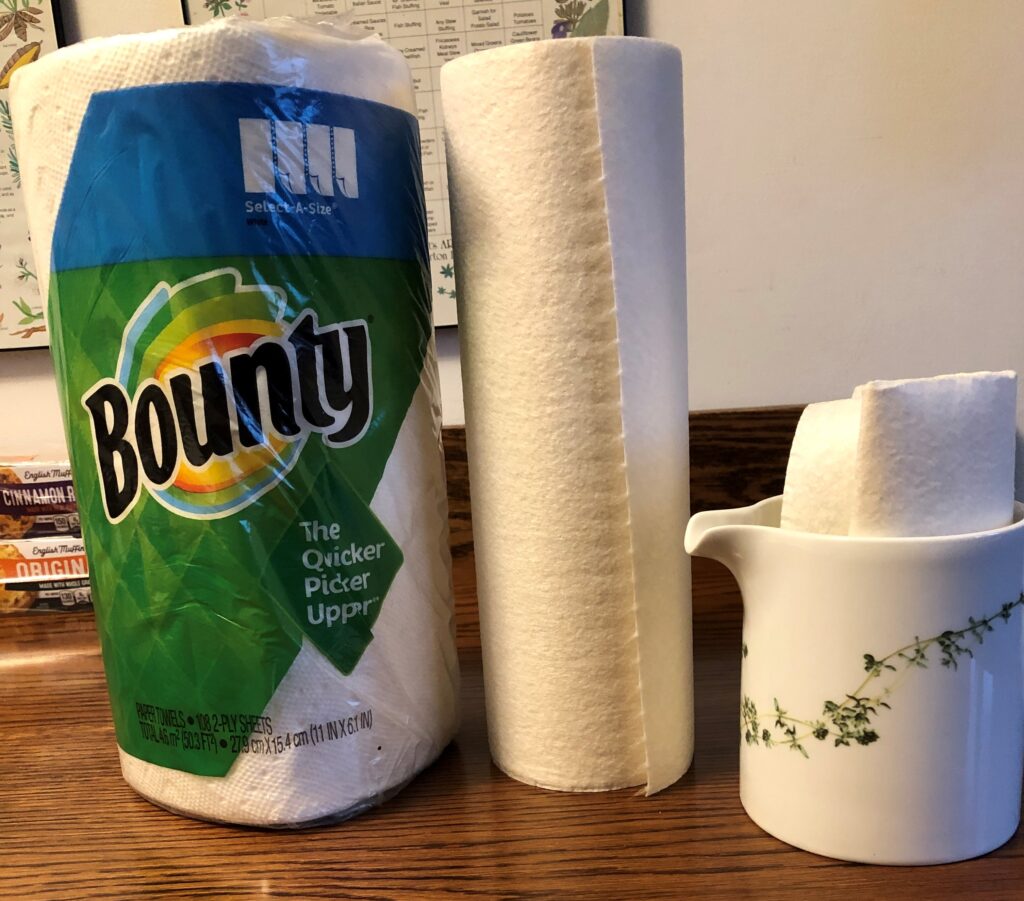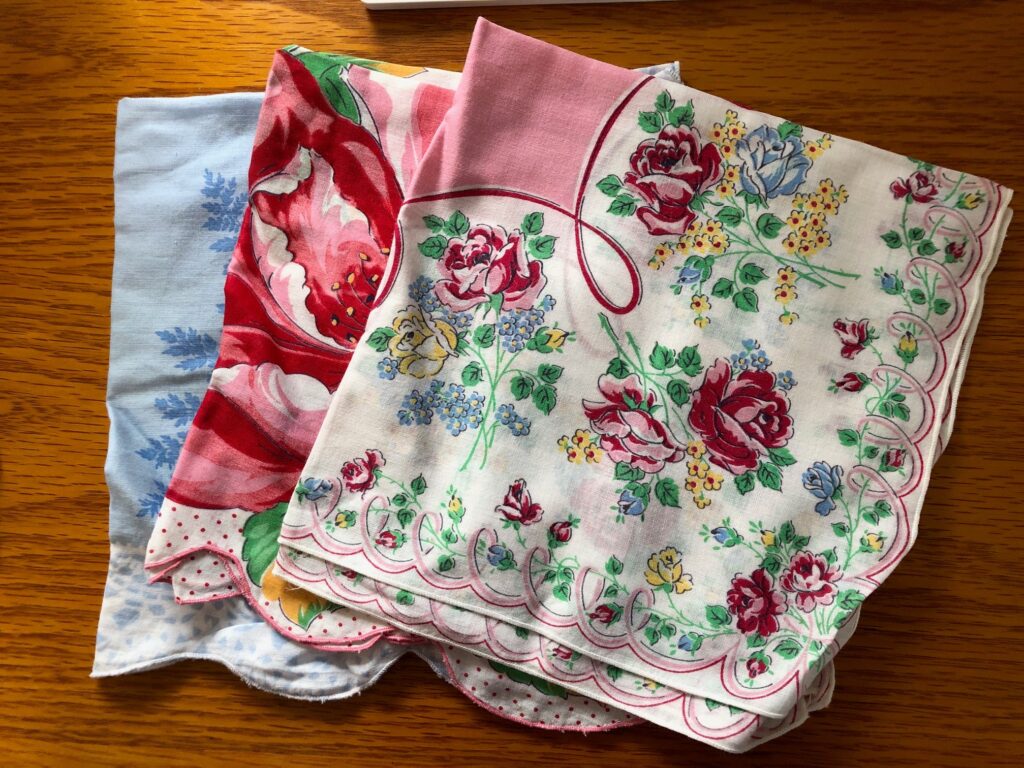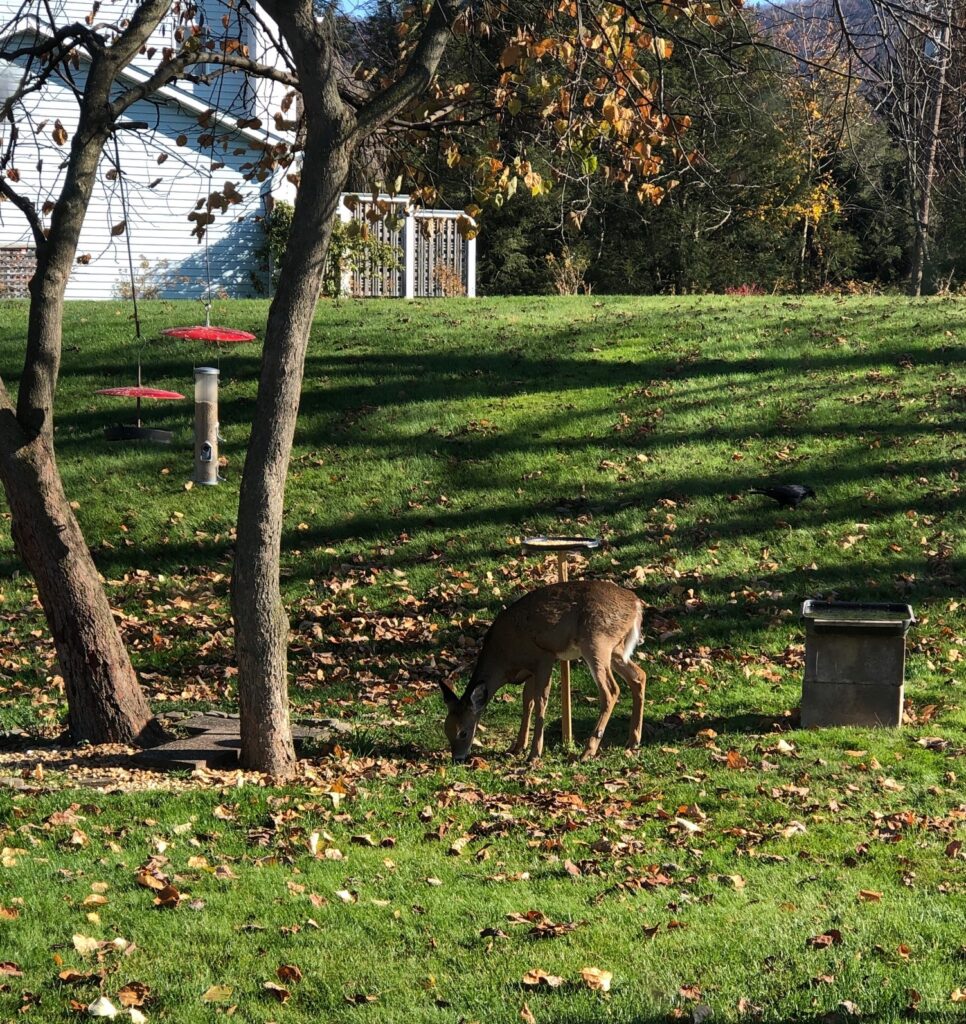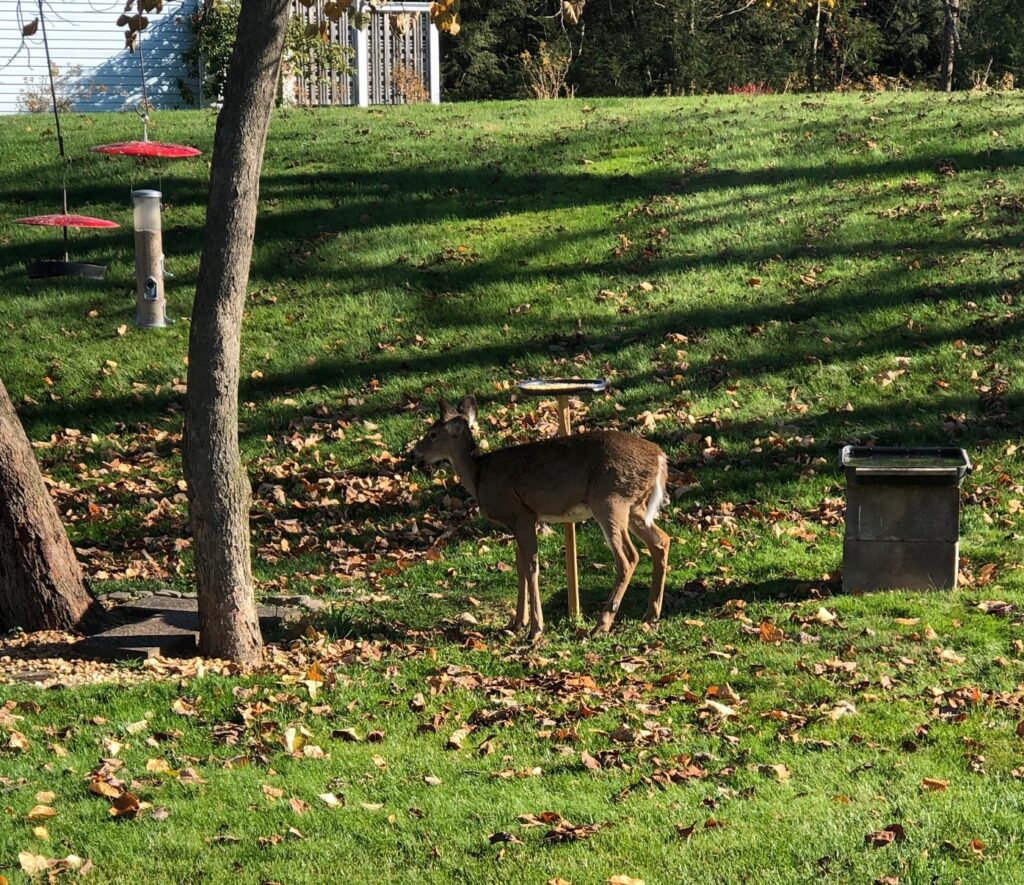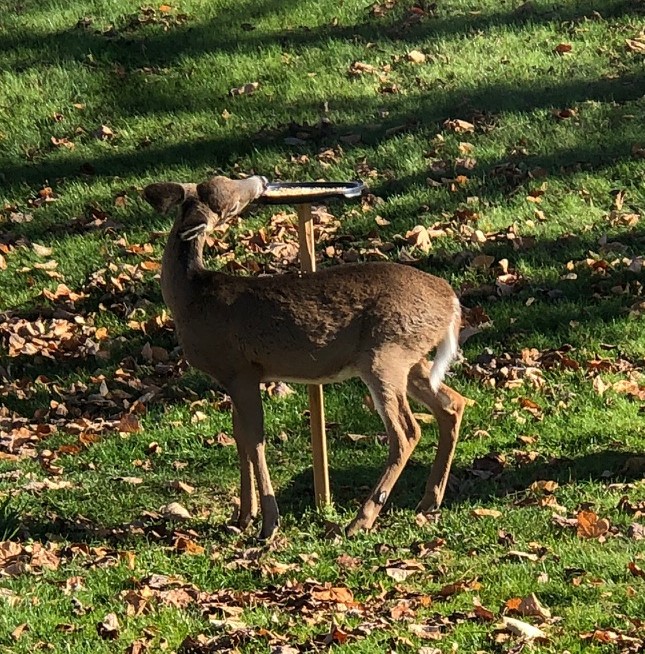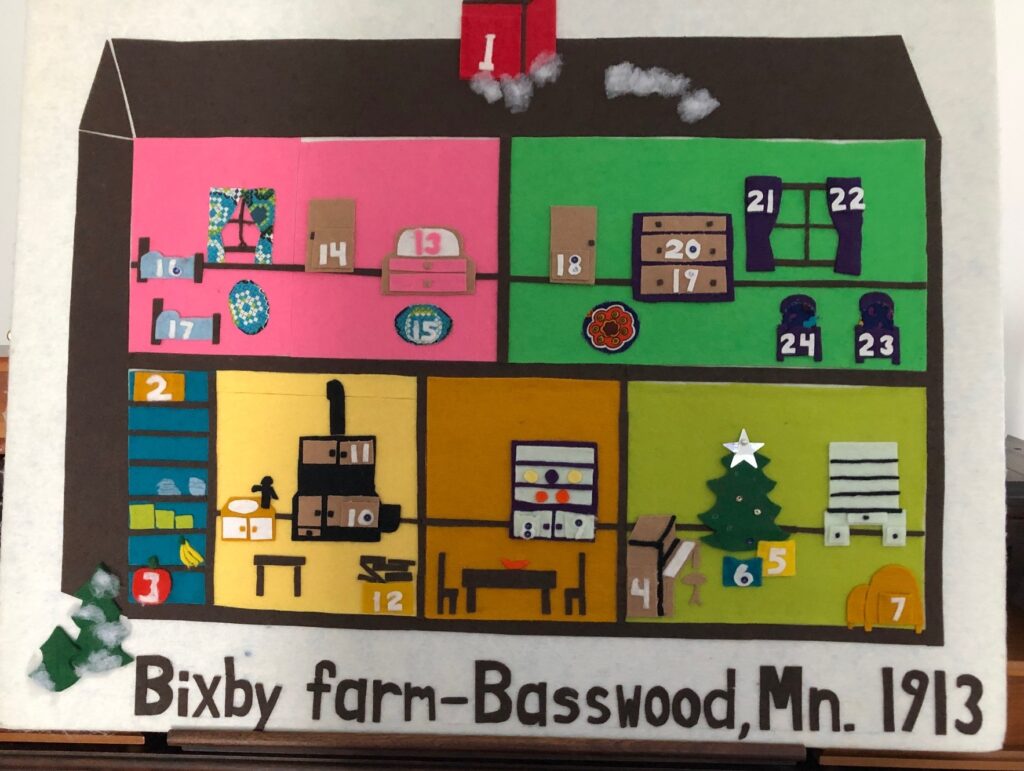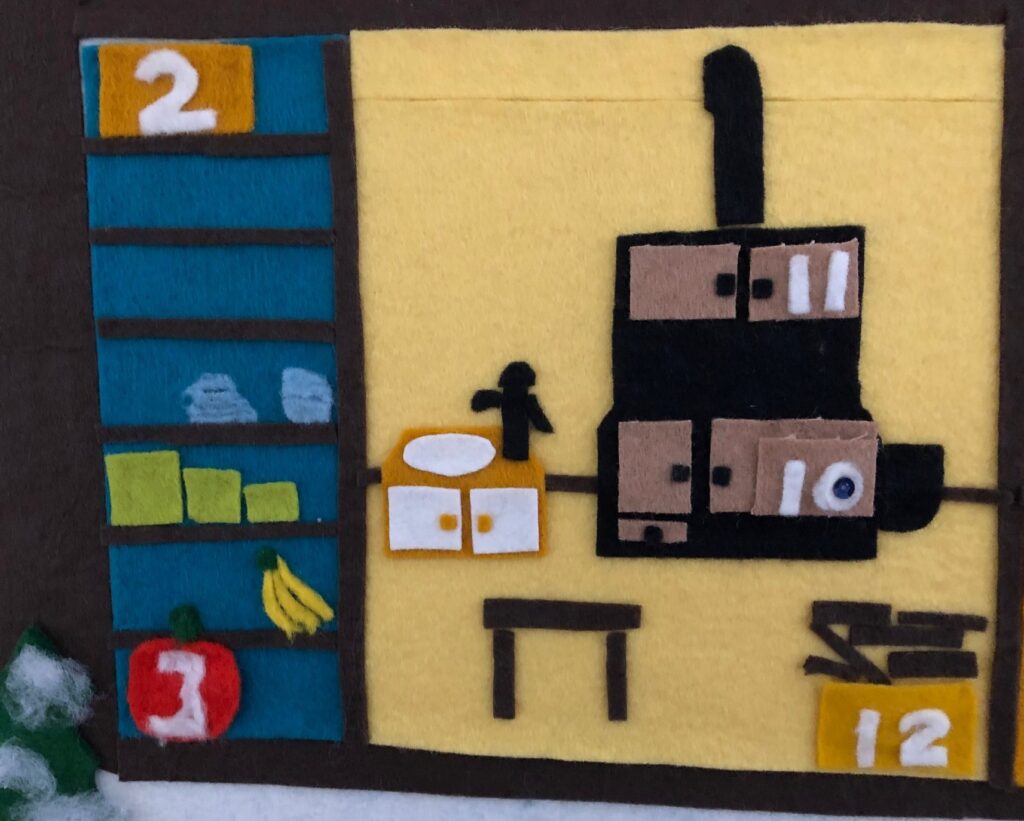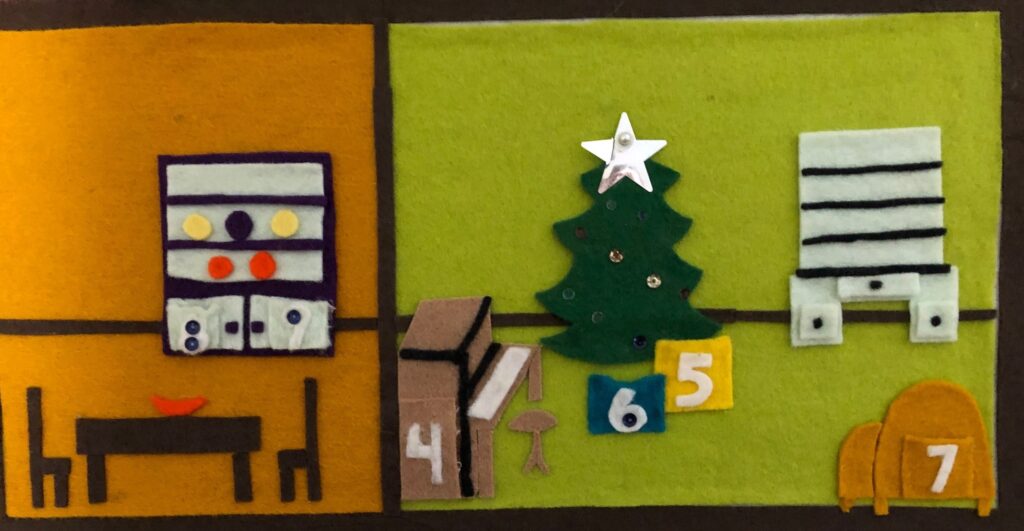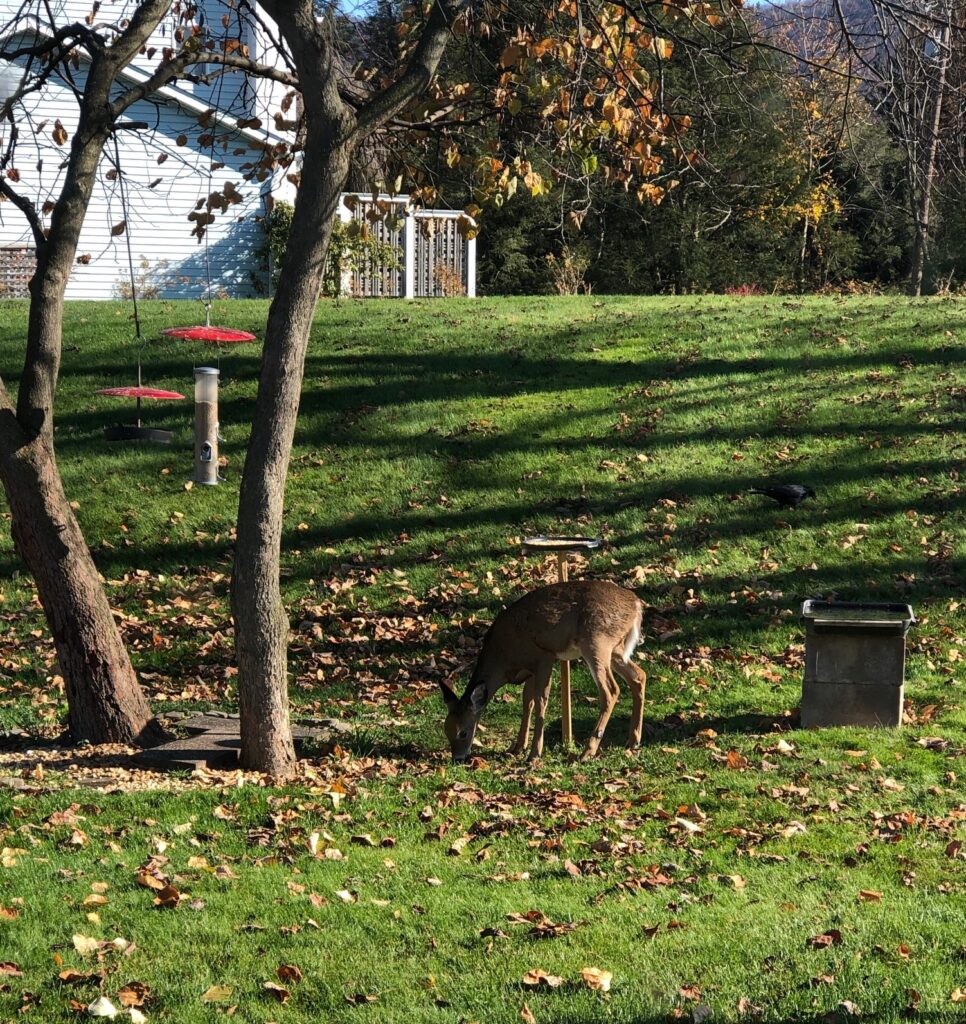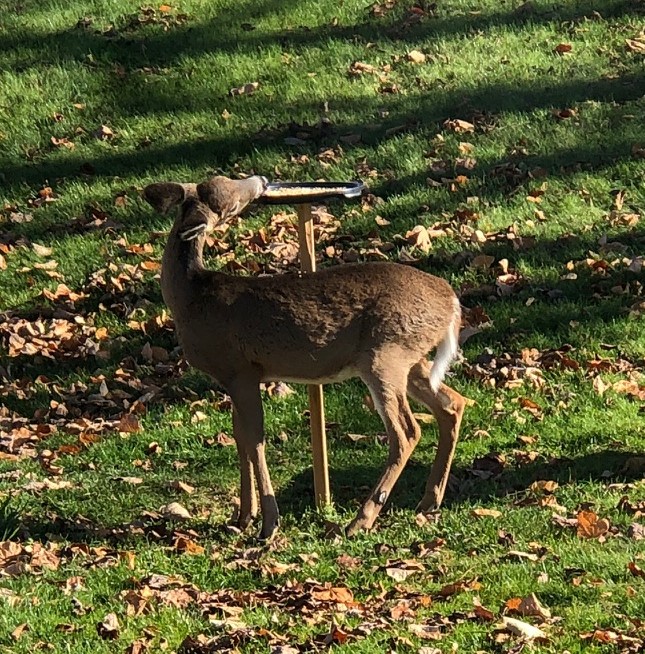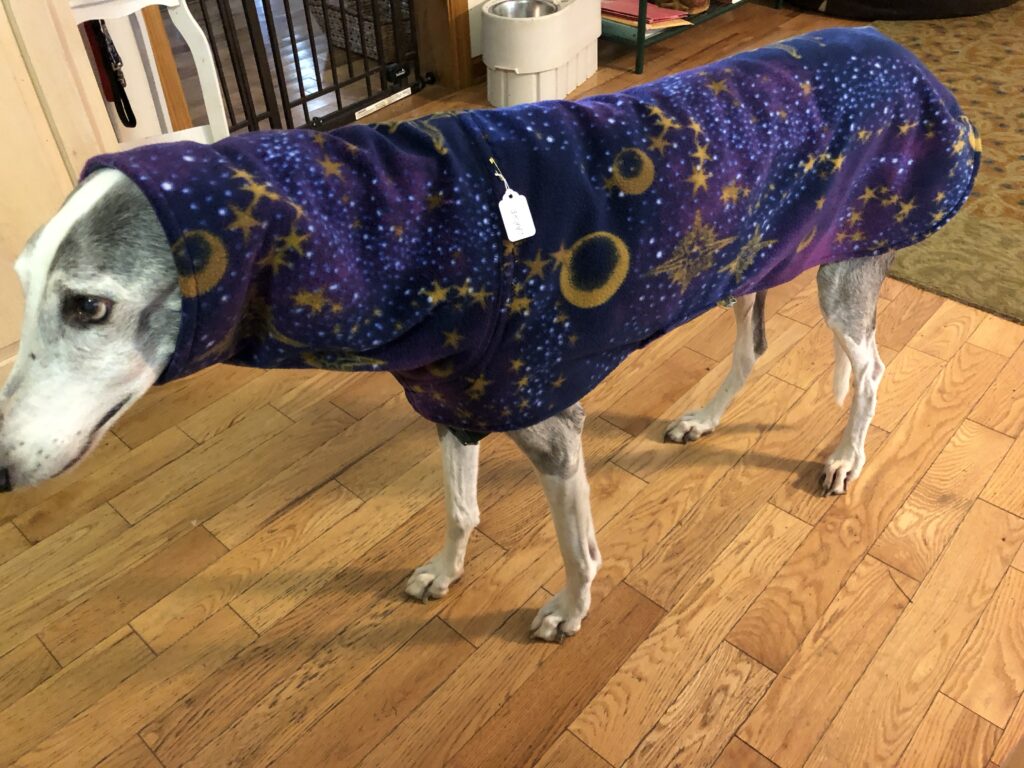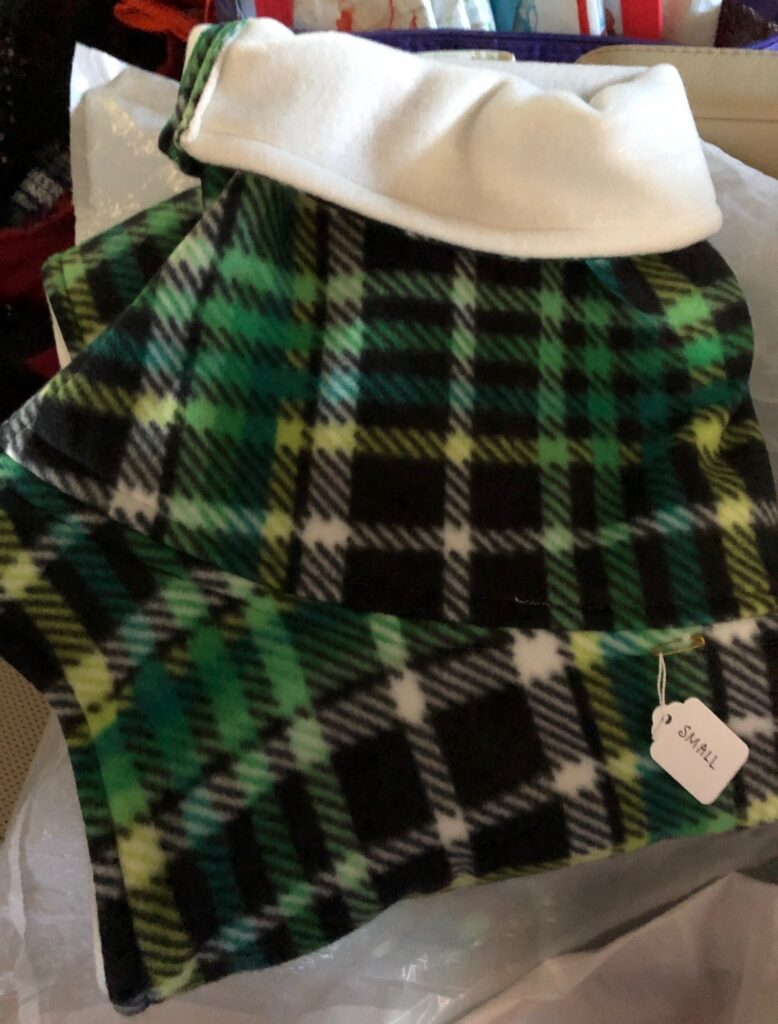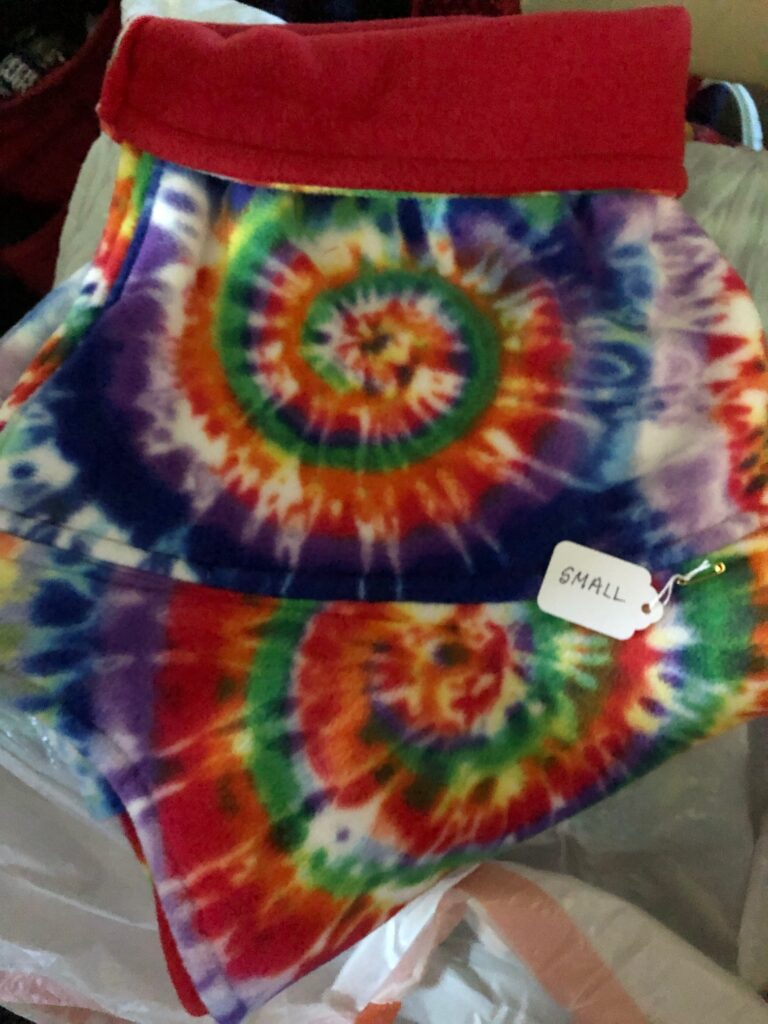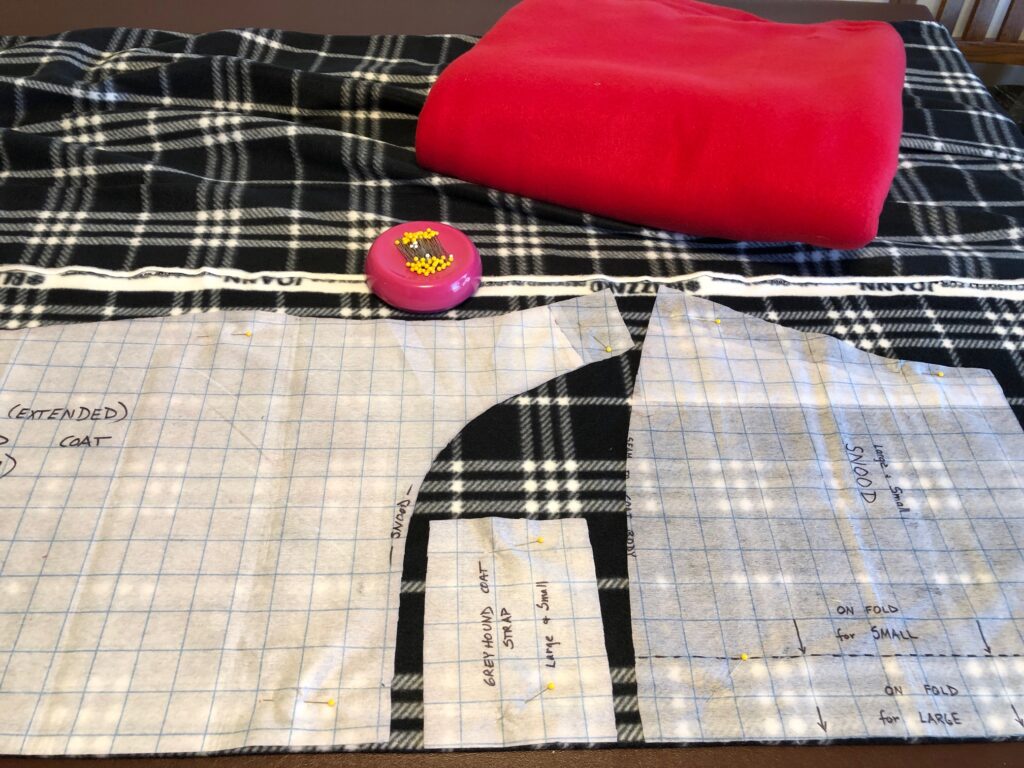My family spent a year in the Philippines when I was 9 years old (1955-1956). When we returned and I went to 5th grade at our neighborhood school I wrote this story about my Christmas in the Philippines (by Mary Bixby).
“Whoever heard of a hot Christmas?” moaned Mary. “Christmas just won’t be Christmas without cold snow and a Christmas tree!”
Mary and her family were spending a year in the Philippines because of her father’s work. Christmas came right in the middle of that year…when everyone, especially Mary, was quite lonesome for home.
They lived a house that was much different from the one at home but was still nice. The weather was the one thing that made home seem so far away. It was so hot that Mary had school only in the morning and had to take a nap in the afternoon. This was very hard for Mary, because she felt that a grown-up 9-year-old shouldn’t have to take naps. But is was so hot that by afternoon she didn’t really mind.

As Christmas came closer Mary was more and more unhappy. She kept on complaining about what a silly Christmas it was going to be. It didn’t help that her older sister and brother had been invited to join other students to spend Christmas on a southern island for a track and field competition. Mary was very sad to watch the inter-island boat leave that day.

Finally, Mary’s father had an idea. Since they couldn’t have cold snow and a live Christmas tree, why couldn’t they make some other family happy by surprising them with a Christmas basket!
Mary had never thought about that since she always had most any toy she wanted. The family they decided to surprise lived just down the hill and there were eight children in the family.
“With that many brothers and sisters I bet I wouldn’t get very many things for Christmas at all,” said Mary, thoughtfully.
“No, you probably wouldn’t,” said her mother, “but maybe we can help those children have a few new things to play with on Christmas morning.
So, Mary and her mother went to the store and picked out some toy trucks, a few dolls, coloring books and crayons, and candy. On the way home Mary had a special feeling inside, that was different from the lonesome feeling she had had before. When they got home, they started wrapping up all the presents. That took quite a while because there were so many little ones.

“When will we take the presents to the family?” Mary asked.
“Why not Christmas Eve after dark,” suggested Mary’s father. “That way they won’t see who you are.”
Mary could hardly wait until Christmas Eve, and the days went by much faster than they ever had before. She was so excited that the rest of her family started feeling the Christmas spirit too.
Finally, the day arrived. Christmas Eve!
“Oh! It’s so hard to wait,” Mary said.
Right after supper, Mary and her mom and dad put all the presents into a big box and as soon as it was dark, they carried the box down the hill. Mary was so excited she would have run all the way, but the box was too heavy for that!
As they got close to the house they didn’t talk and tried to walk very quietly.
“Let’s put it on the front steps,” whispered Mary’s mother.
Mary nodded and carefully put it down on the top step. She thought how nice it was that they didn’t have to worry about snow getting the packages wet. Then she knocked on the door as hard as she could and ran up the hill.
“I hope they heard my knock,” Mary said when they reached the top of the hill. “Oh, I wish I could see their faces when they find it!”
They walked home and went inside. Imagine Mary’s surprise when she saw a little Christmas tree all decorated with presents underneath it. It wasn’t a live tree, but a wire one. But it was green and it did remind Mary of her home. Then she heard carolers outside and the whole family went to the porch to hear their own familiar carols…although none of them were about snow!
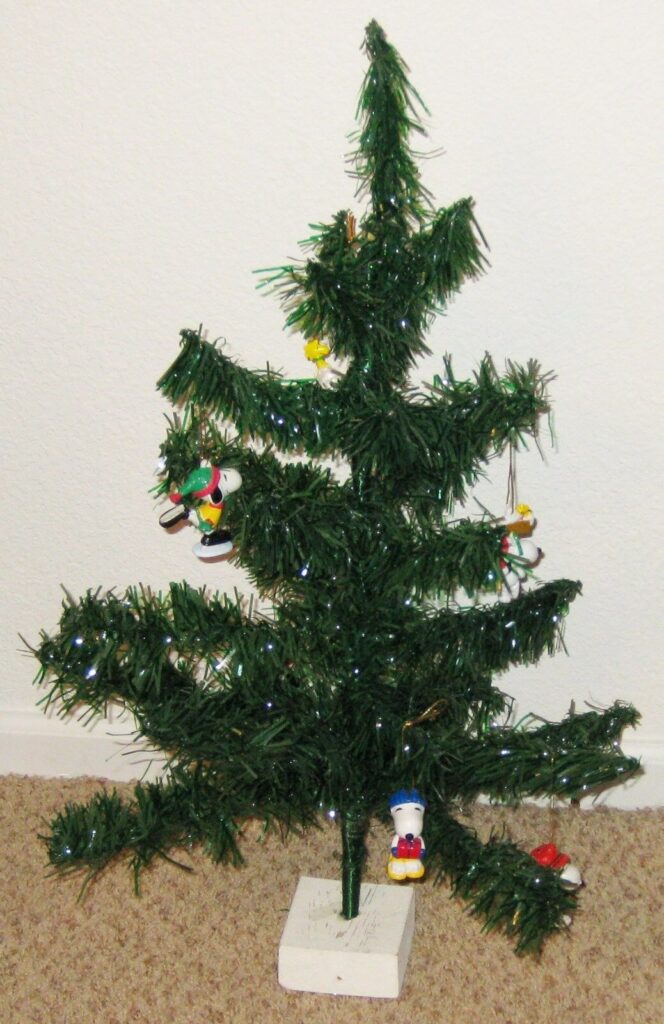
When Mary went to bed that night she could hardly go to sleep. She was thinking how happy the children would be in the morning.
Then she thought of the Christmas tree out in the living room and the carolers they had heard. She thought to herself, “I guess Christmas just wouldn’t be Christmas if you can’t make someone else happy, and Christmas can still be Christmas no matter where you are.”
And she fell asleep a very tired but happy little girl.
Almost THE END...
Epilogue:
The next Christmas, Mary’s teacher in the Philippines sent a letter to Mary’s family in Pennsylvania. Some of the children from the surprised family were in her class that year. She had asked the children to write about their most memorable Christmas. Those children described the Christmas where someone knocked on their door on Christmas Eve and when they opened the door a huge box of presents was on their doorstep. The whole family had the best Christmas EVER!!
THE END!
ps: I have posted three other stories about my memories from that year. You can see them here:
https://marykisner.com/trying-to-sneak-into-air-conditioning/

